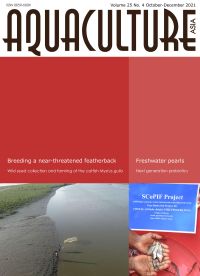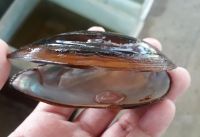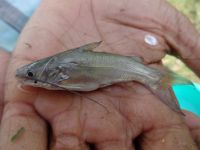In this issue:
Habitat breeding and seed rearing of a near threatened featherback, Chitala chitala; Wild seed collection and modified-extensive farming of Mystus gulio in inland water bodies of South 24 Parganas, West Bengal; Freshwater pearl culture practices and challenges in India; Next generation probiotics: Future therapeutics for sustainable aquaculture; NACA Newsletter.
Next generation probiotics (NGP) or live biotherapeutics are organisms that have been designed to be used as living medicines to treat, cure or diagnose disease. They differ from traditional probiotics in that they are likely to be registered under a drug regulatory framework. At present, conventional probiotics are used as either functional foods or as supplements, whereas NGPs are mainly used as therapeutics and hence are subject to the full range of registration processes and clinical trials. This article describes the issues and regulatory processes in the development and registration of next-generation probiotics, and their potential for application in aquaculture.
In 1987, ICAR-CIFA initiated research on the culture and production of freshwater pearls and since then it has been working towards the development of the technology of producing pearls in freshwater environments. Though the breeding protocol for seed production of Lamellidens marginalis is under progress, the culture practice for pearl production has already been standardised. This article describes the culture practices used for freshwater pearl farming in India, including site selection, implant techniques, post-operative care and growout conditions. Challenges and future prospects of the industry are also discussed.
The cultivable small- to medium-sized bagrid catfish Mystus gulio is an estuarine species sold as a high-priced food fish in retail markets in cities and towns of southern West Bengal. M. gulio is a good addition to mixed species culture-based fisheries in canals in the Indian Sundarbans region. It adapts and grows well in freshwater ponds and is recommended for freshwater fish culture in areas of the Sundarbans vulnerable to saline water intrusion. This article describes the seed collection, nursery and grow-out practices of M. gulio as practiced in modified-extensive mixed culture systems in West Bengal, India.
A policy brief on “Ensuring the Sustainable Future of the Rapidly Expanding Global Seaweed Aquaculture Industry – A Vision” authored by 37 experts from 30 organisations worldwide was published by the UNU Institute on Comparative Regional Integration Studies on 10 November 2021. The policy brief highlighted the key challenges that must be addressed for the long-term sustainability of the global seaweed industry, ensuring its role in providing nature-based solutions within the sustainable ocean economy agenda and contributing to the UN Decade of Ocean Science for Sustainable Development (2021 – 2030). The report makes policy recommendations for promoting wider environmental, gender-responsive and socially inclusive approaches to upscaling the seaweed industry.



